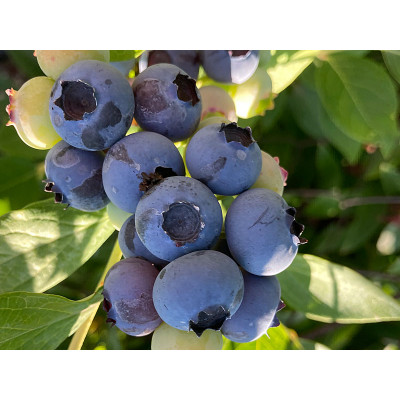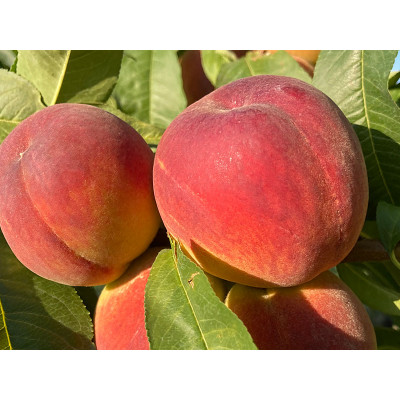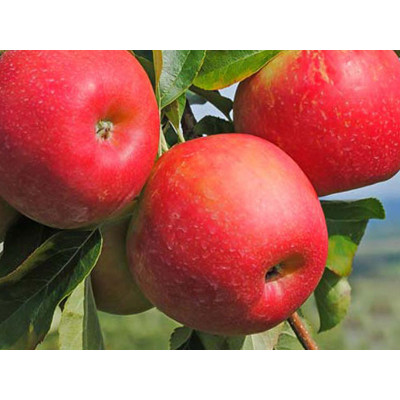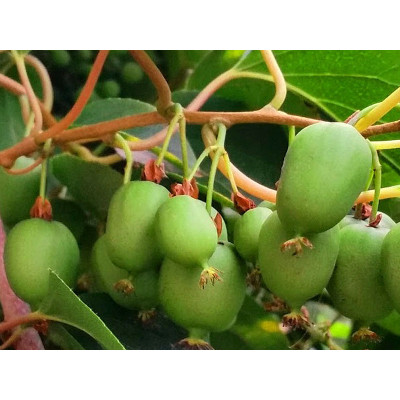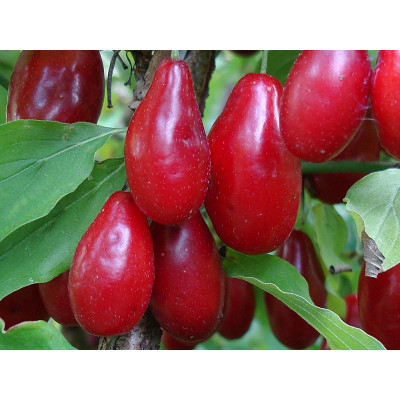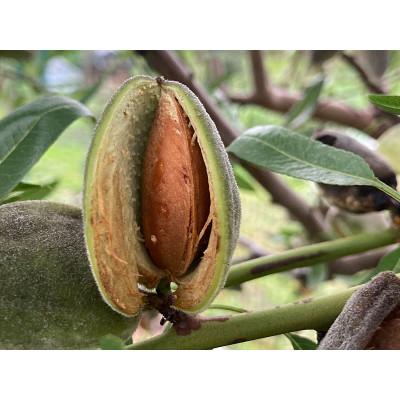Fig Tree (Ficus carica) NEGRONE
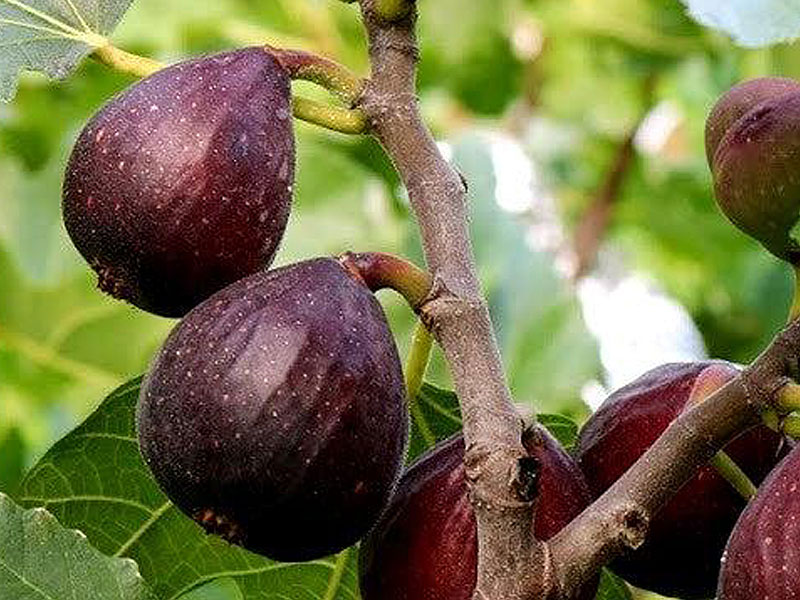
New
- All the plants that we have on offer and that you can order are actually in stock.
- The standard delivery time is 2-3 working days.
- We always ship parcels on Mondays, Tuesdays and Wednesdays.
- By arrangement, we can also ship plants on Thursdays or Fridays (we do not normally ship on these days in case there is a problem so that the parcels are not left in the depot unnecessarily over the weekend).
- The shipping price depends on the weight of the ordered goods (the more products, the cheaper the price)
- after you have placed the plants in the shopping cart, enter “calculate provisional shipping price” in the shopping cart, after entering the data the eshop will calculate the provisional shipping price for you.
Ask a Question About This Product
Fig Tree (Ficus carica) NEGRONE
| Specifications | |
| Height at sale | 40-50cm |
| Pot | 5L |
| Sell as | 2 year old |
| Ripening time | July/August-October |
The standard delivery time for Germany is 3-4 working days.
We send goods on Monday, Tuesday, Wednesday, by agreement also Thursday or Friday.
We send goods on Monday, Tuesday, Wednesday, by agreement also Thursday or Friday.
Price
29,00€
Ex Tax: 29,00€
- Stock: In Stock
- Model: Ficus carica
The Negronne fig tree, also known as Violette de Bordeaux, is one of the best-known and most prized fig varieties originating from the Bordeaux region of France. Its exceptionally tasty dark fruits, compact growth, and reliable double fruiting make it an ideal choice for fig lovers who have limited space or are looking for a high-quality variety suitable for colder areas. According to historical sources, it was also grown by King Louis XIV in Versailles, which only confirms its exceptional character.
The plant has a medium-strong but compact growth, reaching a height of approximately 2.5-3 meters and forming a spreading crown that is easy to shape. This makes it suitable for growing in pots and in open ground, ideal for smaller gardens or terraces. Its decorative, deeply lobed leaves further enhance its ornamental value.
Negronne is a twice-bearing fig (bifera), which means that it produces a summer crop (breba) on old wood, usually in early July, and a main autumn crop on new shoots from mid-August to October. Both harvests are abundant, with the autumn fruits being slightly smaller but with a more concentrated and complex flavor.
The fruits are small to medium-sized, slightly egg-shaped or almost round, with thin, dark purple to almost black skin, often covered with a fine waxy coating. The average weight is 40-55 g. The flesh is deep red, juicy, and slightly creamy, with a distinctive fruity aroma. The taste is rich, sweet, and harmoniously balanced, often compared to a mixture of forest fruits such as raspberries and blackberries. Figs are excellent for fresh consumption, but they are also great for drying or making jam.
The variety is parthenocarpic and self-pollinating – the fruits form without the need for pollination. It is characterized by very good resistance to frost down to -17 °C and, in our conditions, it is not known to be susceptible to diseases or pests. Figs can ripen even in areas with shorter and colder autumns.
When growing in the first years, it is recommended to plant 2–3-year-old strong and branched seedlings. First, pre-grow annual plants in 5–10-liter pots and, after the leaves fall off, overwinter them in a bright, frost-free room or cellar. This overwintering should be repeated for 2-3 seasons until the fig tree grows stronger – full frost resistance occurs when the trunk is at least 6-7 cm thick. If the above-ground part freezes during a harsh winter, the plant will sprout again from the roots and often bear fruit in the same year.
Negronne needs slightly calcareous, humus-rich, and well-drained soil. It achieves the best results in a sunny location on a south-facing wall, which also protects it from cold winds. Spring pruning helps to shape growth, while summer pruning – shortening new shoots to 3–5 leaves – promotes richer fruiting.
Negronne (Violette de Bordeaux) is a compact, highly productive fig tree with two high-quality harvests per year, exceptionally tasty dark fruits, and high resistance to cold. It is suitable for growing in containers and in open ground, undemanding to care for and extremely popular among fig connoisseurs. Thanks to its versatility and delicate taste, it is one of the best figs for home cultivation in Central Europe.
The plant has a medium-strong but compact growth, reaching a height of approximately 2.5-3 meters and forming a spreading crown that is easy to shape. This makes it suitable for growing in pots and in open ground, ideal for smaller gardens or terraces. Its decorative, deeply lobed leaves further enhance its ornamental value.
Negronne is a twice-bearing fig (bifera), which means that it produces a summer crop (breba) on old wood, usually in early July, and a main autumn crop on new shoots from mid-August to October. Both harvests are abundant, with the autumn fruits being slightly smaller but with a more concentrated and complex flavor.
The fruits are small to medium-sized, slightly egg-shaped or almost round, with thin, dark purple to almost black skin, often covered with a fine waxy coating. The average weight is 40-55 g. The flesh is deep red, juicy, and slightly creamy, with a distinctive fruity aroma. The taste is rich, sweet, and harmoniously balanced, often compared to a mixture of forest fruits such as raspberries and blackberries. Figs are excellent for fresh consumption, but they are also great for drying or making jam.
The variety is parthenocarpic and self-pollinating – the fruits form without the need for pollination. It is characterized by very good resistance to frost down to -17 °C and, in our conditions, it is not known to be susceptible to diseases or pests. Figs can ripen even in areas with shorter and colder autumns.
When growing in the first years, it is recommended to plant 2–3-year-old strong and branched seedlings. First, pre-grow annual plants in 5–10-liter pots and, after the leaves fall off, overwinter them in a bright, frost-free room or cellar. This overwintering should be repeated for 2-3 seasons until the fig tree grows stronger – full frost resistance occurs when the trunk is at least 6-7 cm thick. If the above-ground part freezes during a harsh winter, the plant will sprout again from the roots and often bear fruit in the same year.
Negronne needs slightly calcareous, humus-rich, and well-drained soil. It achieves the best results in a sunny location on a south-facing wall, which also protects it from cold winds. Spring pruning helps to shape growth, while summer pruning – shortening new shoots to 3–5 leaves – promotes richer fruiting.
Negronne (Violette de Bordeaux) is a compact, highly productive fig tree with two high-quality harvests per year, exceptionally tasty dark fruits, and high resistance to cold. It is suitable for growing in containers and in open ground, undemanding to care for and extremely popular among fig connoisseurs. Thanks to its versatility and delicate taste, it is one of the best figs for home cultivation in Central Europe.


